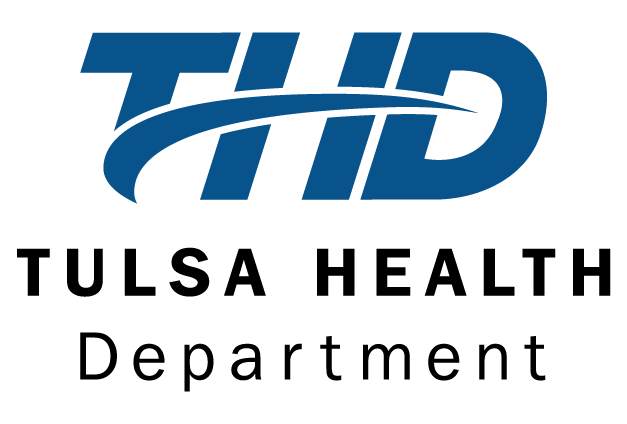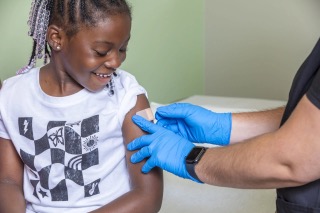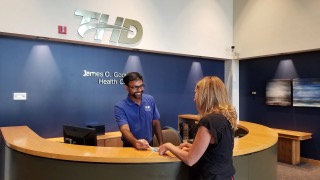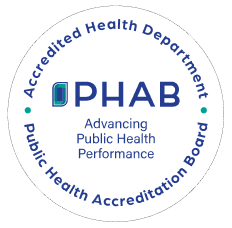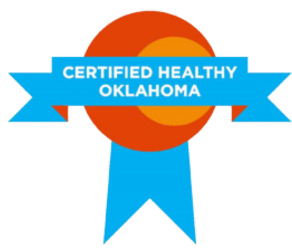TULSA, OK – [September 26, 2013] – Oklahoma high school students are beating the national average for daily physical activity, but the state’s child obesity rate remains high as two out of three youths do not get the recommended amount of exercise and few eat fruits and vegetables regularly.
“People of all ages need regular physical activity and a well-balanced diet to achieve a healthy lifestyle, and it is particularly important to encourage and support healthy habits for youth,” said Dr. Colony Fugate, member of the Tulsa County Wellness Partnership, a sponsored group of the Family Health Coalition. “National Childhood Obesity Awareness Month is a great time to learn and practice the benefits of eating better and moving more.”
As National Childhood Obesity Awareness Month is observed throughout September, resources are available to help even more kids and teenagers get and stay healthy.
Many of those resources can be found online at www.shapeyourfutureok.com. The site, operated by the Tobacco Settlement Endowment Trust and Oklahoma State Department of Health, links readers to websites that offer easy-to-follow tips and tools for improving nutrition and physical fitness.
In this state, about one in three kids ages 10 to 17 are overweight or obese, according to the National Survey of Children’s Health of 2011-12. Meanwhile the latest Oklahoma Youth Risk Behavior Survey indicates that one in six Oklahoma high school students (16.7 percent) is obese. The national average for obese high school students is 13 percent.
Regular physical activity and good nutrition form the foundation of achieving and maintaining a healthy body weight. Health experts advise children and teens to do at least 60 minutes of physical activity every day.
In Oklahoma, one in three high school students (33.1 percent) are getting 60 minutes of daily physical activity, according to the Oklahoma Youth Risk Behavior Survey. Nationally, 28.7 percent of children and teens participated in 60 minutes of daily physical activity. About half (50.8 percent) of Oklahoma youth participated in an hour or more of physical activity at least five days a week, according to the state survey.
Among Oklahoma high school students, about 14 percent ate vegetables at least three times a day and 18 percent ate fruit at least three times a day. The U.S. Department of Agriculture recommends filling at least half of your plate with fruits and vegetables to maintain a balanced diet. Fruits and vegetables are rich in nutrients that maintain good health and may reduce the risk of heart disease, obesity and type 2 diabetes.
National Childhood Obesity Awareness Month was started in 2010 to draw attention to the rising rates of obesity among children and the associated increased health risks, including heart disease, diabetes, bone and joint problems and sleep apnea.
The Tulsa Health Department’s Community of Excellence in Physical Activity and Nutrition Initiative program works with schools and afterschool programs to develop policies that promote healthy eating and active living. For more information or to find out how your school can be involved, please contact Daphne Gaulden, program coordinator, at 918-595-4039 or dgaulden2@tulsa-health.org.
Tobacco Settlement Endowment Trust
TSET is a grant making state agency that funds the Oklahoma Tobacco Helpline, public education campaigns to improve health and grants to communities, statewide organizations, and research institutions. The TSET Board of Directors’ strategic plan focuses on reducing cancer and cardiovascular disease – the state’s leading causes of preventable death – by preventing tobacco use and obesity.
Tulsa County Wellness Partnership
The Tulsa County Wellness Partnership is a sponsored group of the Family Health Coalition and is dedicated to changing policy and environments in Tulsa County to make healthy nutrition and fitness the easy choice in schools, workplaces, and communities.
